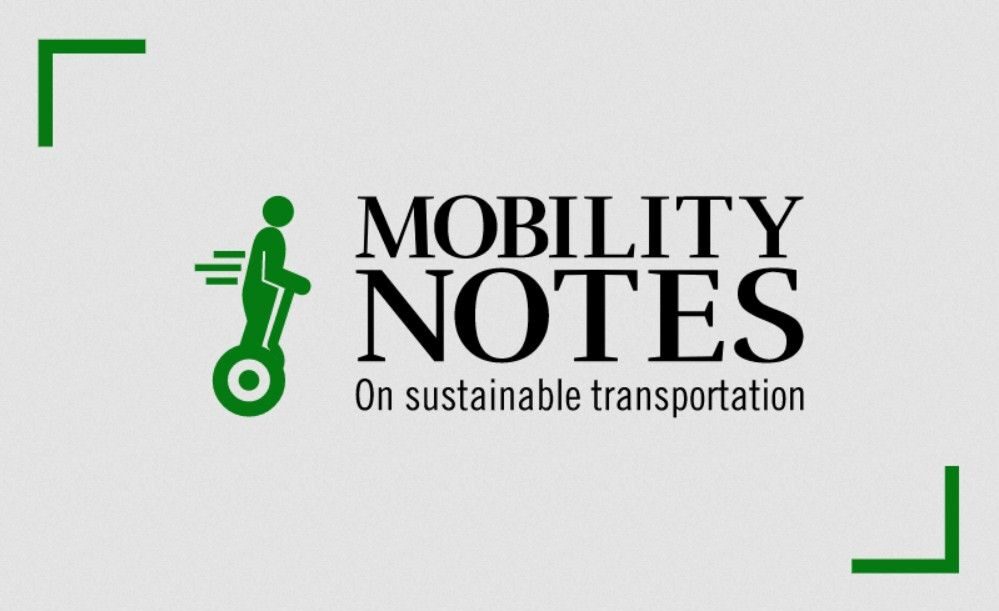Policy Update
Summary of section 45V of the IRA for clean hydrogen
Final rules for Clean Hydrogen Production Tax Credit published by the U.S. Department of the Treasury and Internal Revenue Service
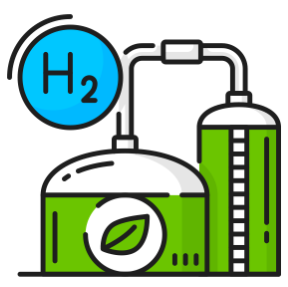
Background
Section 45V of the US Inflation Reduction Act (IRA) provides an income tax credit for the production of qualified clean hydrogen. After considering over 30,000 comments and discussions across agencies and experts, the Department of Treasury has finalized the rules, providing clarity on eligibility requirements of various hydrogen production pathways, and the methodology for tax credit evaluation.
Full Report Available to MobilityNotes Members
In 2025, MobilityNotes will have a paid members-only section, with expanded downloadable content, webinars, white papers, international coverage, and more.
For now, subscribe to the free monthly newsletter below.
Sign up here to receive such summaries and a monthly newsletter highlighting the latest developments in transport decarbonization
5-Min Monthly
Sign-up to receive newsletter via email
Thank you!
You have successfully joined our subscriber list.
Recent Posts
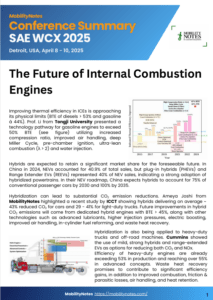
Conference Summary – SAE WCX 2025
![]()
A summary of the “SAE WCX 2025” conference held in Detroit.
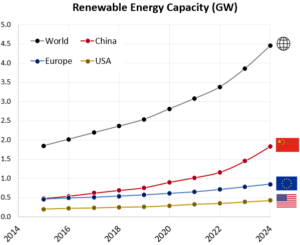
IRENA Renewable Energy Capacity Statistics 2025
![]()
According to the latest report from IRENA, 2024 saw the largest increase in renewable capacity, accounting for 92.5% of overall power additions.
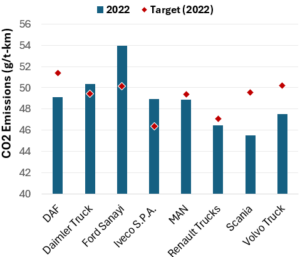
CO2 Emissions Performance of Heavy-Duty Vehicles in Europe – 2022 Results
![]()
The European Commission has published the official 2022 CO2 emission results for heavy-duty vehicles. Many OEMs are ahead of the targets and have gained credits, while others have their work cut out as we approach the 2025 target.

